This month we are celebrating women in design! At Danish Design, we believe furniture has a broad and deep impact on society. Designs are a reflection of values, personality, and lifestyle. Furniture shapes how the world looks and is in this way an unassuming reflection of society. This is why we focus on sustainable furniture as a key criteria for selecting our brands, and why we look for Scandinavian brands with both innovation and heritage in the designs we carry (read our blog on sustainable furniture here).
The growing presence of inspiring female Scandinavian designers is one way in which design is reflecting wider society. Over the course of this month, we will be releasing five short biographies, tracing the history of inspiring women in design. These women exemplify the importance of design in society, and they excel and inspire others in their field. Hopefully they also inspire you and show you quite how interconnected design and everyday life are.
We are kicking the month off with the one and only Nanna Ditzel (1923-2005).

“Three steps forward and two back still means I’ve taken a step in the right direction” Nanna Ditzel
Nanna was a pioneer for female influence in design; she approached design from a novel perspective, considering it predominantly an art form instead of a matter of practicality. Born in Copenhagen, Denmark, in 1923, she trained as a cabinetmaker before studying at the Royal Academy of Fine Arts. Despite her humble beginnings, Nanna became a leading figure in the use of materials, using fibreglass, wickerwork and foam rubber well before they became mainstream. In 1965, Ditzel designed the textile ‘Hallingdal’, which has since become the most prominent wool textile used for furniture.

The iconic Trinidad Chair
Nanna’s real fame, however, came late in life. She became one of the leading figures in the postmodern revival of Danish design in the 1990s after her 70th birthday. She collaborated with Fredericia, launching the iconic Trinidad chair in 1993. The Trinidad encompasses all that is Ditzel; it is aesthetically and texturally unusual, luring viewers in with its modern lines and funky shape. Yet, it is equally beautiful, and plays with simple Danish foundations in a way that both surprises and blends into any context.
Throughout her life, Ditzel led and excelled. She was awarded numerous international prizes and was made Honourable Royal Designer at the Royal Society of Arts in London in 1996. She earned the ID-prize 1995 for “Trinidad”, which is Denmark’s highest design honour and was later awarded the lifelong Artists’ Grant by the Danish Ministry of Culture in 1998. Separate to her international recognition, Nanna led the way for women in design and in particular through her ingenuity demonstrated the value of bringing alternative and unusual visions and perspectives to the field.









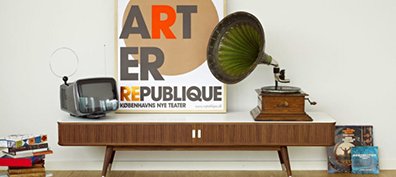
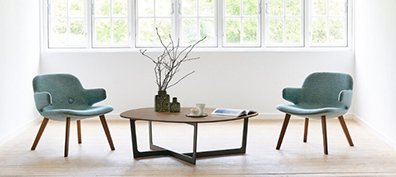
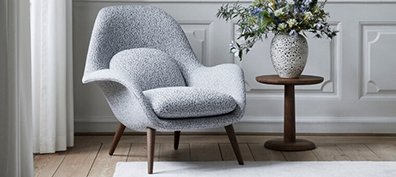
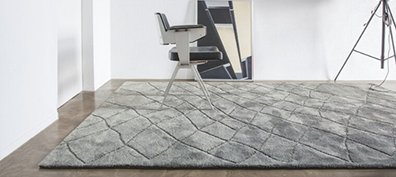





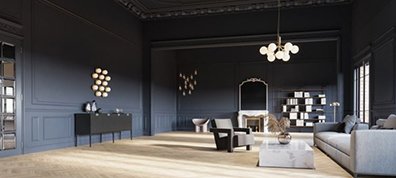




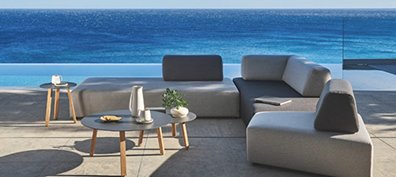




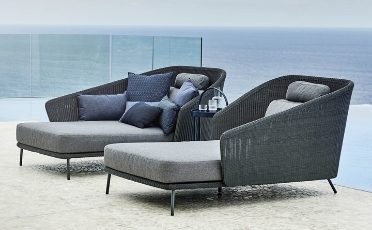

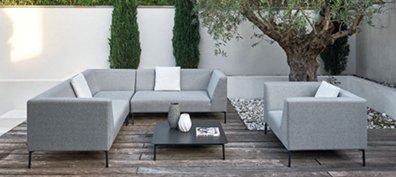

































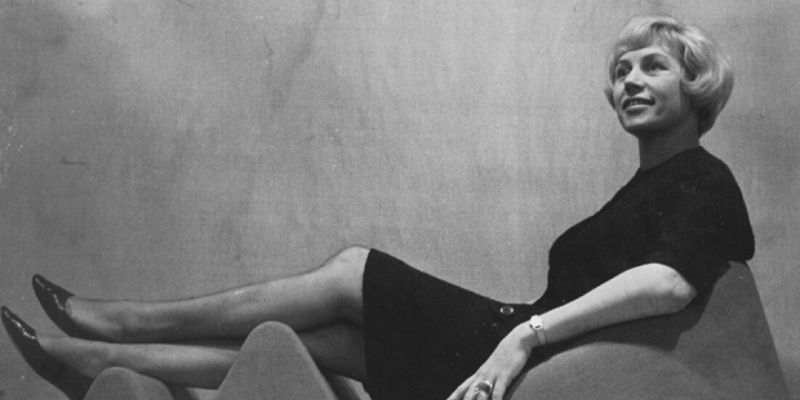



 Danish Design | Authentic Designer Furniture
Danish Design | Authentic Designer Furniture